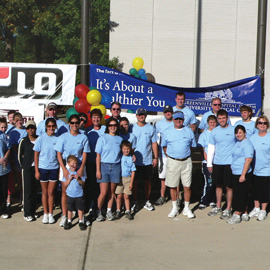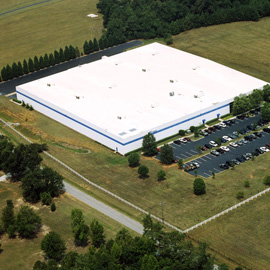Oh The Wonders Of Bubble Wrap - An Introduction To Bubble Wrap

Bubble wrap is one of the most popular storage and shipping protection techniques. It is a very simple product of plastic air bubbles evenly distributed on a plastic sheet, but how complex can it get? There is a lot more to bubble wrap than some might think. Originally it was meant for textured wallpaper, but bubble wrap found its way to a better application in the packaging and storage industry.
There are many different sizes of industrial rolls of bubble wrap, along with different widths and even bubble sizes. Smaller bubbled wrap is ideal for smaller, individual items that are quite fragile while Large bubbles are intended for larger or less fragile objects. Large bubble wrap is also useful for filling empty spaces in boxes. The bubbles come in all sorts of sizes from a centimeter in diameter to more than an inch. Some bubble wrap is adhesive to most material and some only sticks to itself. Bubble wrap can also come in different colors and prints. There is even bubble wrap that can retain heat for items that need to stay warm in cold conditions or repel static for electrical applications. Certain bubble wraps can also help prevent metal corrosion. Most are recyclable and you can purchase some that are made from other recycles wrap. There are also bubble wrap phone cases and wrap that does not even pop! Unfortunately, bubble wrap may not protect your items from scratches during shipment or storage.
Bubble wrap is a fairly cheap way of packaging, due to its low cost and weight, and also quite reliable, but did you know that it is also used as a way to relieve stress? The popping action and sounds of bubble wrap have stress relieving properties. Some people buy the wrap solely for this purpose. There are even bubble wrap apps to simulate popping the bubbles. It can also be used for decoration. Texturize paint with the bubbles or use them as neat place mats. Even make games more interesting by putting a layer of bubble wrap over your twister game. Get a better nights sleep when camping by putting a layer under your tent to add extra cushion.

Using bubble wrap
The best practice here is to turn the bubble wrap inside to give your products the best protection possible. The most common use for bubble wrap is to protect your product while also not allowing the product to move around during shipping. You should be sure to check that theres enough of the bubble on each side of your product when you wrap it. When placing the wrapped product in it's packaging, its best to leave about 2 inches of clearance between the product and it's packaging. Once you've got the product wrapped, make sure that you include enough extra bubble wrap to prevent movement within the packaging.
Abbreviated Steps For Using Bubble Wrap
- Turn the bubble wrap inside so it faces the product.
- Make sure to use enough wrap on each side of the product
- Leave about 2 inches of clearance between the product and it's packaging
As you can see, bubble wrap is not only used for packaging, but many other things as well. It's cheap price and easy use is suitable for almost any application for fun or business.



